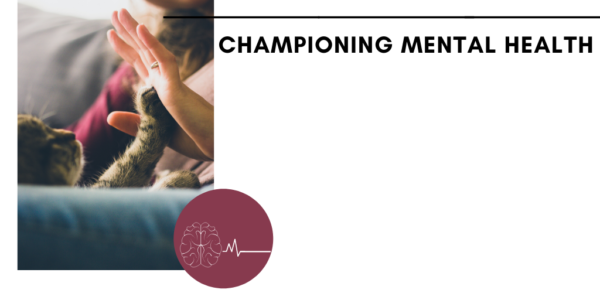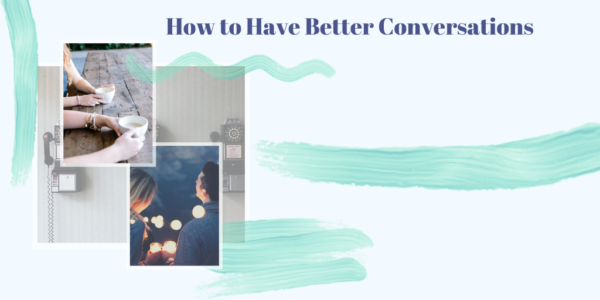
With so many emotions and stressors in our day it can be hard to maintain a mental balance. We at Unified Caring Association (UCA) have a special place in our hearts for mental well-being. To share the caring we have tools and resources, such as a 24 hour counseling hotline, available for our UCA members. In our research online, we have come across a wonderful TedTalk by Sangu Delle championing mental health.
What does the word “Mental” Mean
When defining the word mental, we are referring to the mind or brain. Delle brings up a definition rooted in his culture. “Growing up in West Africa, when people used the term “mental,” what came to mind was a madman with dirty, dread-locked hair, bumbling around half-naked on the streets.” This stigma came from his youth, where “normal” people do not have mental health problems.
What is astonishing is that some of the areas in the world that have the highest need for mental health support and care, have a very thin system in place with few professionals.
According to the World Health Organization, mental health is about being able to cope with the normal stressors of life; to work productively and fruitfully; and to be able to make a contribution to your community. Mental health includes our emotional, psychological and social well-being. Globally, 75 percent of all mental illness cases can be found in low-income countries. Yet most African governments invest less than one percent of their health care budget in mental health. “Nigeria, for example, is estimated to have 200 — in a country of almost 200 million. In all of Africa, 90 percent of our people lack access to treatment. As a result, we suffer in solitude, silenced by stigma.”
Mental Health Hits Close to Home
As we listen to this TedTalk, we wonder if there is a solution to the lack of care, acceptance and support for those who are affected by mental distress or illness. Delle shares the turning point for him. “For me, the stigma is personal… My best friend in the world — a brilliant, philosophical, charming, hip young man — was diagnosed with schizophrenia. I witnessed some of the friends we’d grown up with recoil. I heard the snickers. I heard the whispers. “Did you hear he has gone mad?” (Kru English) “He has gone crazy!” Derogatory, demeaning commentary about his condition — words we would never say about someone with cancer or someone with malaria. Somehow, when it comes to mental illness, our ignorance eviscerates all empathy. I stood by his side as his community isolated him, but our love never wavered.”
Our ignorance eviscerated all empathy; that phrase really hit home. We have seen and heard about so many ways that people can be bullied. One way that we can begin caring and supporting those who need mental healthcare is to bring awareness to the issue. Delle inspiringly did just that. He helped found the mental health special interest alumni group at his college. “And during my tenure as a resident tutor in graduate school, I supported many undergraduates with their mental health challenges.” Every person needs to be more aware about mental struggles. If we begin to accept mental health as important as physical health, we will become better individuals.
This awareness is not only for others, but for ourselves as well. Delle references his internal struggles, and how he could not bring himself to speak with a counselor, or even a friend. This reluctance was due to the stigma that still resided within himself. This was an eye opener for Delle. “We need to stop suffering in silence. We must stop stigmatizing disease and traumatizing the afflicted.”
Raise Awareness and Champion Mental Health
Delle calls us all to action by encouraging us to talk. “Talk to your friends. Talk to your loved ones. Talk to health professionals.” In communicating how we are feeling, we are allowing ourselves to better connect with others and ourselves. “[When talking] do so with the confidence that you are not alone. Speak up if you’re struggling. Being honest about how we feel does not make us weak; it makes us human.” We can champion others and ourselves through one common thread, we are all human and we all can take charge of having better mental health.
Would you like to watch the full TedTalk? Click HERE!















